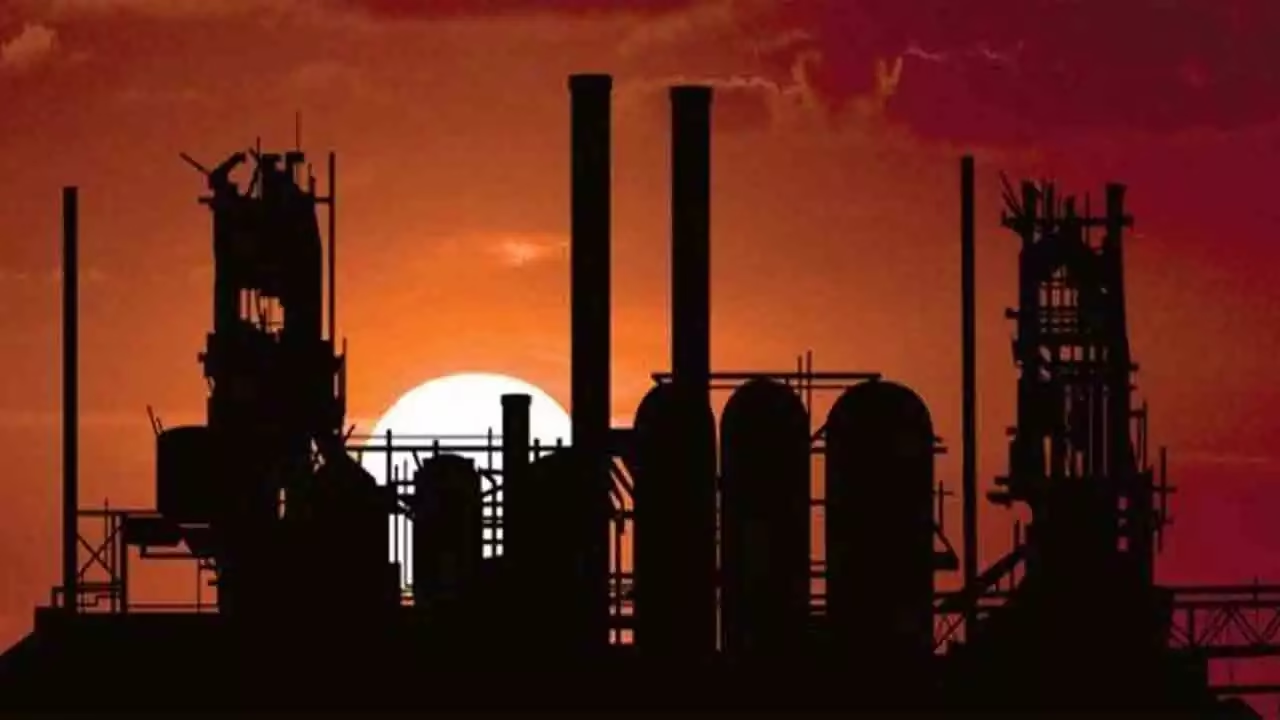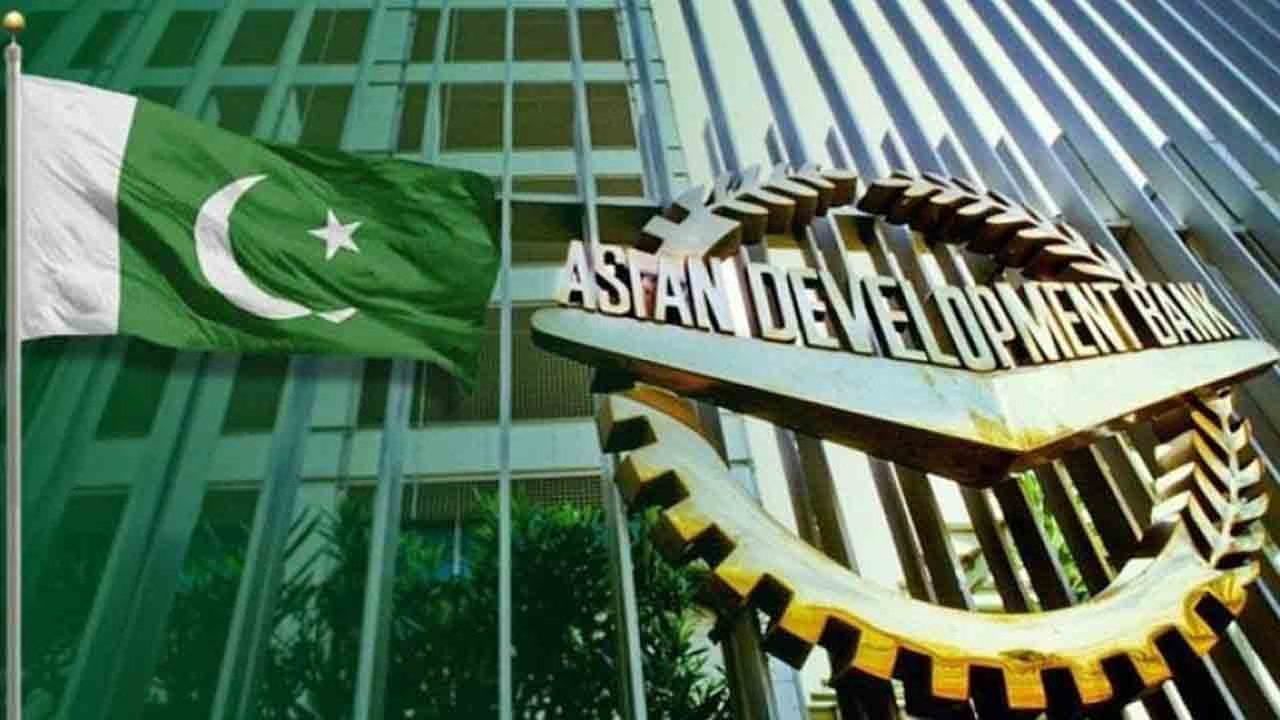Pakistan’s large-scale manufacturing (LSM) sector has been grappling with persistent challenges since August 2024, marked by rising energy prices, dwindling consumer demand, and economic uncertainty. According to the Pakistan Bureau of Statistics (PBS), the sector has recorded continuous declines, reflecting broader economic pressures.
Key Declines in Large-Scale Manufacturing
The LSM sector witnessed a year-on-year decline of 2.65% in August 2024 and 1.92% in September 2024. This downturn follows a modest 2.38% growth in July 2024, highlighting the sector’s volatile trajectory.
On an annual basis, the LSM sector shrank by 0.03% in FY 2024, compared to a growth of 0.92% in FY 2023. The ongoing decline underscores the impact of escalating production costs and weakened consumer purchasing power.
Experts Highlight Core Issues
Moaz Azam, head of research at Optimus Capital Management, attributes the decline primarily to reduced consumer demand exacerbated by adverse weather conditions. A report by Jahangir Siddiqui Global echoes this sentiment, stating that the slump in industrial production reflects unresolved economic challenges in Pakistan.
Sector-Wise Performance Overview
Despite the overall downturn, certain industries showed resilience, while others faced significant contractions.
Food Sector Growth
The food sector recorded a modest 1.72% growth in the first five months of FY 2024. Key contributors include:
- Cooking oil production: Up by 1.06%
- Rice production: Increased by 4.48%
However, wheat and rice milling experienced a notable decline during this period. Improved crop harvesting contributed to this drop, as reduced milling was required to meet market demands.
Textile Sector Rebounds
The textile sector emerged as a bright spot, registering a 2.28% year-on-year growth in the first five months of FY 2024. Key highlights include:
- Cotton production: Surged by 8.79%
- Cotton fabric production: Grew by 0.80%
The rise in textile production is attributed to robust demand for Pakistani textiles in international markets, bolstering the export sector’s performance.
Factors Driving the Decline
- Rising Energy Costs
Energy prices have surged significantly, increasing operational expenses for manufacturers. Energy-intensive industries, in particular, have struggled to remain competitive. - Falling Consumer Demand
High inflation and reduced purchasing power have dampened consumer demand, directly impacting production levels across various sectors. - Economic Instability
Lingering economic uncertainties, including fiscal imbalances and exchange rate volatility, have further eroded investor confidence in the manufacturing sector. - Global Market Pressures
While some industries, such as textiles, benefited from export demand, global market fluctuations and reduced competitiveness have constrained broader sectoral growth.
Potential for Recovery
Despite the challenges, there are avenues for recovery and growth:
- Policy Interventions: The government can address energy cost issues and provide subsidies to support struggling industries.
- Export-Led Growth: Leveraging international demand for textiles and other exportable goods can drive sectoral expansion.
- Diversification: Encouraging investment in diverse manufacturing sectors can reduce dependency on a few key industries.
The persistent decline in Pakistan’s large-scale manufacturing sector highlights the need for targeted policy measures and economic reforms. While certain industries, such as textiles, show promise, broader recovery hinges on addressing structural challenges, stabilizing energy costs, and revitalizing consumer demand.
By fostering an environment conducive to industrial growth, Pakistan can position its LSM sector as a cornerstone of economic resilience and long-term prosperity.



